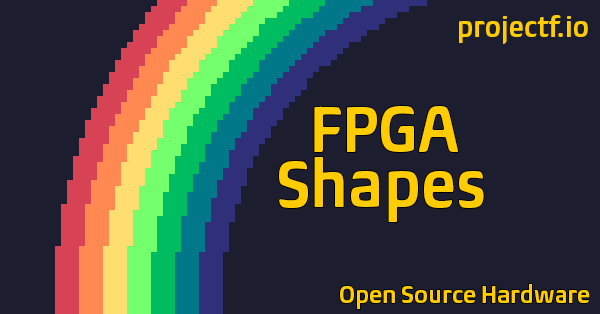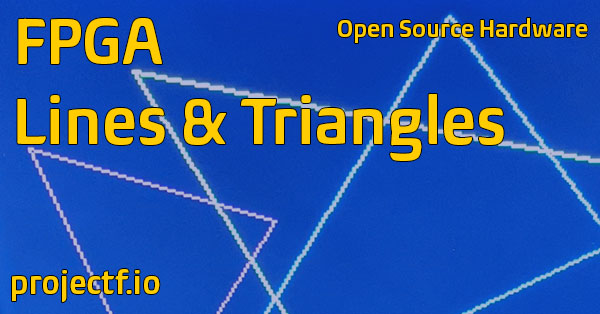Welcome back to Exploring FPGA Graphics. In 2D Shapes, we build on what we learned from Lines and Triangles in two ways: drawing new shapes and learning to colour them in. We’ll start with rectangles and filled triangles before moving on to circles. These basic shapes make it possible to create a wide variety of graphics and user interfaces.| Project F
Welcome back to Exploring FPGA Graphics. It’s time to turn our attention to drawing. Most modern computer graphics come down to drawing triangles and colouring them in. So, it seems fitting to begin our drawing tour with triangles and the straight lines that form them. This post will implement Bresenham’s line algorithm in Verilog and create lines, triangles, and even a cube (our first sort-of 3D).| Project F
Welcome to Exploring FPGA Graphics. In this series, we learn about graphics at the hardware level and get a feel for the power of FPGAs. We’ll learn how screens work, play Pong, create starfields and sprites, paint Michelangelo’s David, draw lines and triangles, and animate characters and shapes. Along the way, you’ll experience a range of designs and techniques, from memory and finite state machines to crossing clock domains and translating C algorithms into Verilog.| Project F



